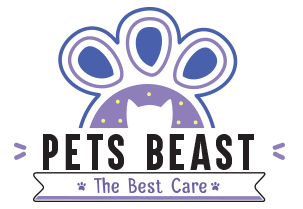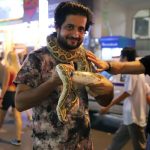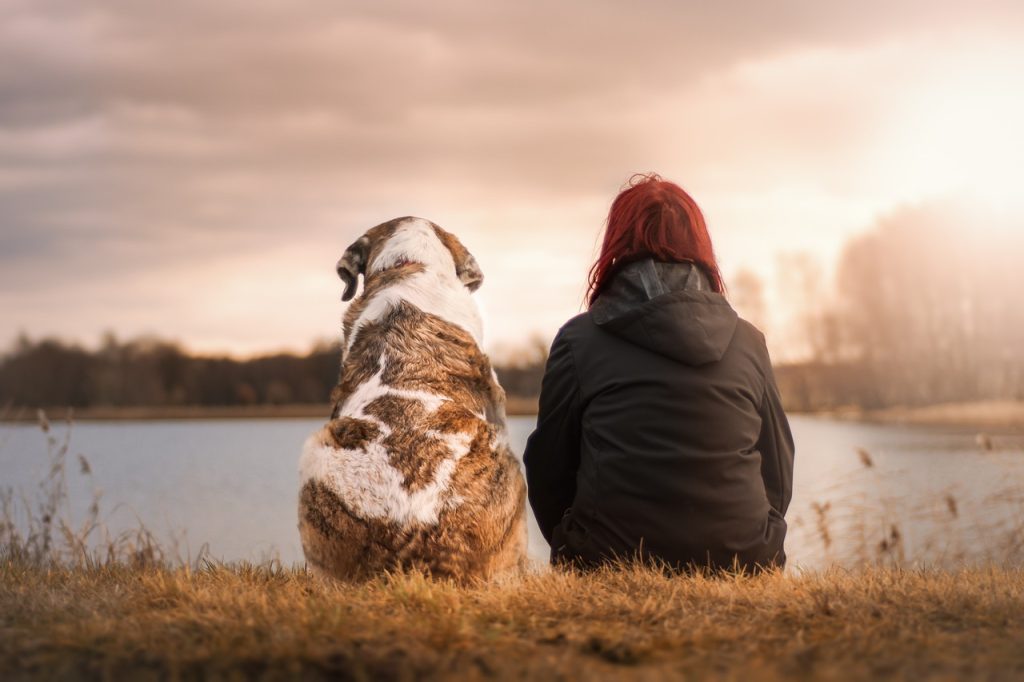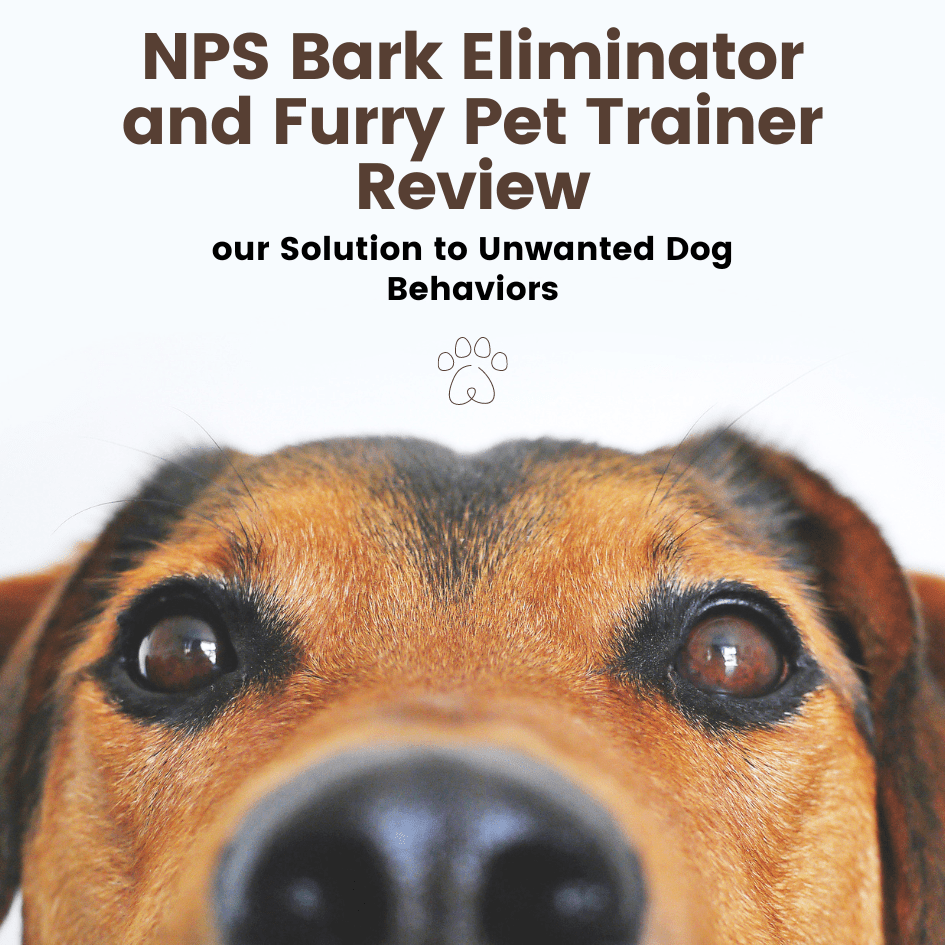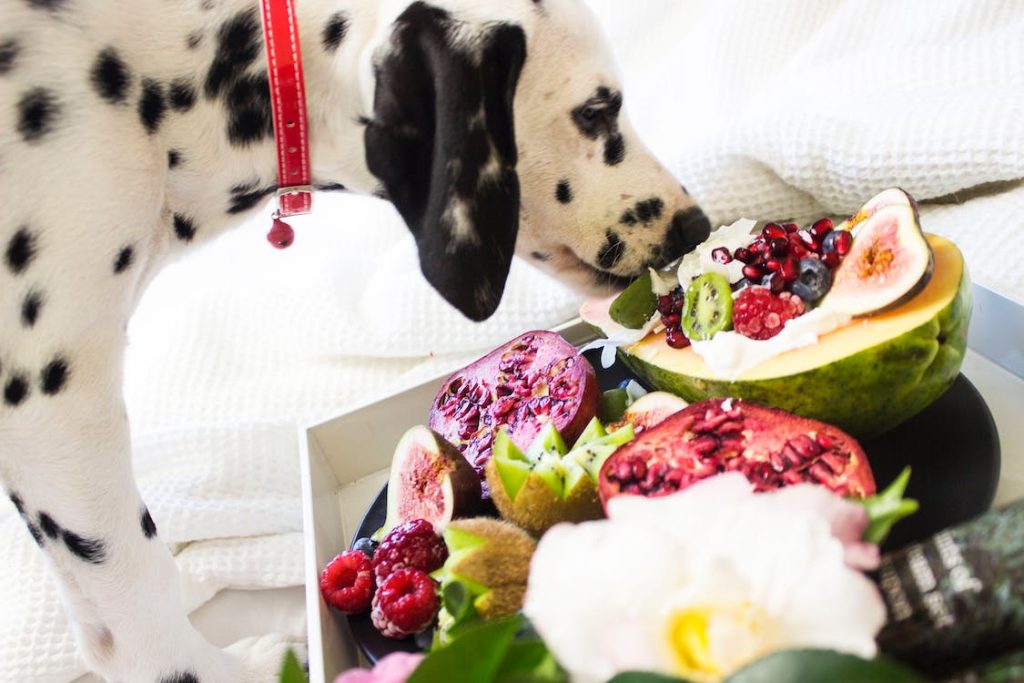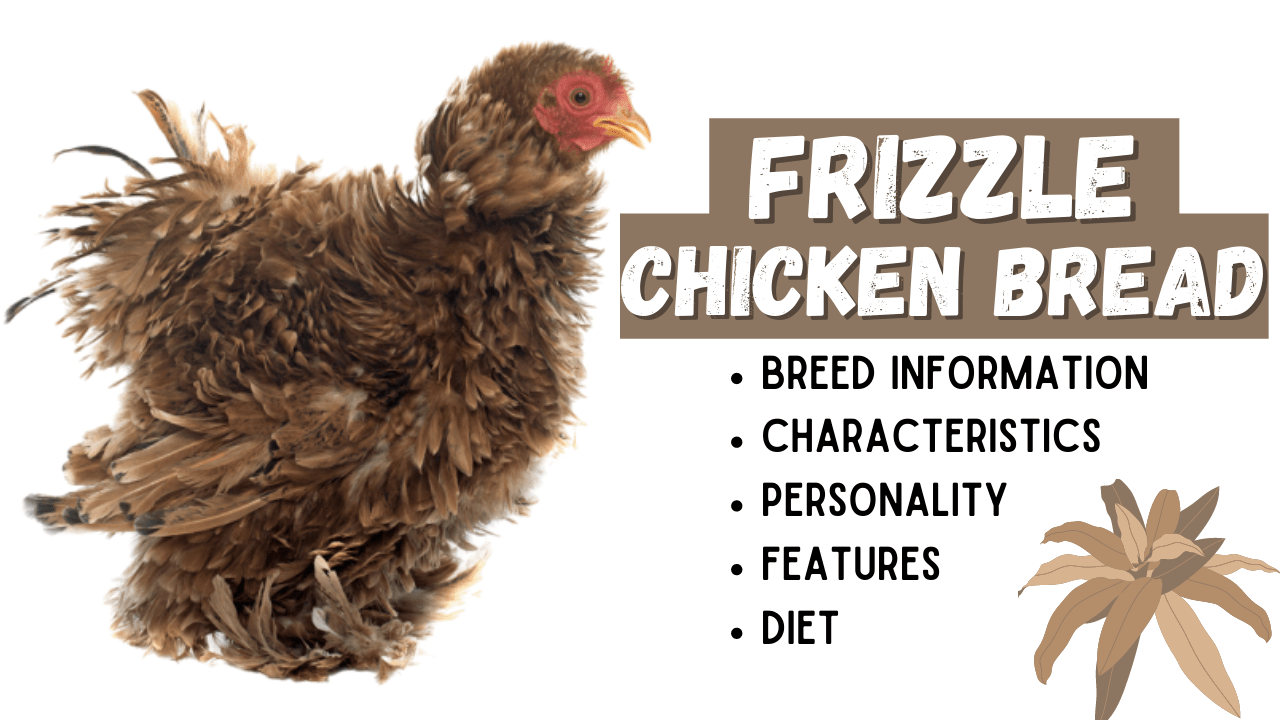
Similar to the Silkie, the Frizzle is yet another unique-looking chicken. In this article, we will discuss all the important things that you need to know about Frizzles including their history and origin, egg laying capabilities, appearance, size and color, temperament, and how you could properly take care of them. These details and information will help you determine if it is ideal to add this breed into your chicken coop or backyard flock.
History and Origin
The Frizzle chicken breed isn’t new, just like the Silkie. In fact, they were first mentioned during the 1600s. Charles Darwin called them Caffie Fowls. He said that these chickens can be mostly seen in India. Experts say that the genes responsible for giving Frizzles their look came from the East Indies and Far East areas (maybe in China). Because of their unique look, Frizzles were brought into the Western countries. There are, however, other breeds of chickens that can get a frizzly look – Polish, Plymouth Rocks, Japanese bantams, and Cochins. One interesting fact is that you can cross breed a Frizzle with a Silkie and the resulting offspring will be called a Sizzle – literally.
Appearance
Frizzling is characterized by the feathers curling upwards and outwards from the body instead of them lying flat on the body as what happens in normal looking chickens we usually see. Frizzling happens due to an incomplete dominant gene. Even just a copy of this gene being present in a bird will trigger frizzling. If both parents have a copy of this gene, their offspring will have a higher possibility of frizzling.
Breeders, however, do not want to breed a Frizzle with another Frizzle because this would result in another type called Frazzle defined as curly chicks. The normal practice is to breed a Frizzle to another non-frizzle chicken in order to get a mix of offspring with regular or frizzled feathers.
Frazzles are not desired because their feathers are so brittle, they could break even just with a touch. They usually go bald.
Frizzles, in general, have short yet strong beaks that are colored either horn or yellow. They have red bright eyes. They also have wattles and earlobes of medium size and red in color.
Frizzles are also full breasted. They have erected, broad, and short bodies. They have long wings and large tails. They have single combs, usually upright. They have yellow-colored and clean legs and feet. Each foot has four toes.
Size and Color
The weight of a Frizzle is largely dependent on the breed of chicken used to create the Frizzle. One the average, males can weigh around eight pounds while females weigh around six pounds. There are also bantam-sized Frizzles. Males usually weigh around 24 to 27 oz while females weigh around 20 to 24 oz.
The Frizzle will have the shape of its parents. The only difference that can be seen is the appearance of its feathers – which is obviously frizzled. The standard colors of this breed include the following: black, black red, blue, brown red, cuckoo, Columbian, buff, red, pule, duckwing, white, and spangled.
However, there are a lot of breeders out there trying to produce other colors. But the ones listed above are the most common Frizzle colors.
Egg Laying
Frizzles are usually bred solely for the purpose of their looks. When it comes to egg laying, they are poor performers. They only lay about 120 to 150 cream colored eggs per year. This equates to about 2 to 3 eggs per week. The egg sizes can vary from small to medium.
Frizzles are known for their broodiness. This means that after laying eggs, they tend to sit on top of them. They also make for good mothers, always taking care and looking out for their chicks.
Temperament
A Frizzle is a very sweet bird. It is also gentle and very friendly. They are generally docile and easy to handle. They enjoy sitting on the laps of people. However, since Frizzles can be made with a variety of chicken breeds, the overall temperament of a Frizzle largely depends on the breed its parents have. If its parent is a breed with a gentle and kind disposition, then chances are so the Frizzle offspring will be. However, if the parents are of the aggressive types, then expect your Frizzle to have the same characteristic.
Because of the frizzling feathers, Frizzles are of high maintenance, just like the Golden Doodle dog breed. They require to be always groomed so that they could maintain a good appearance as well as for hygiene maintenance purposes.
Should I Get a Frizzle?
Many people find frizzles so pretty so they want to include on in their flock. They are also calm, placid, friendly, and overall happy. It is actually nice to have them around. They can do well with children. They could be your family’s lovely pet.
If you are looking for a chicken that excels well in egg laying, turn your head away from the Frizzle breed because they do so poorly in that aspect. Also, remember that Frizzles are of high maintenance. This means that you must take them seriously when it comes to grooming and maintaining their hygiene because of their frizzled feathers.
Also consider the current chickens in your flock. You don’t want to add in a Frizzle in a flock with aggressive birds who might pluck your Frizzles feathers out because of how they look. They could definitely get bullied. It would be a good idea to mix them in with non-aggressive chicken breeds such as Cochins and Polish.
Conclusion
Overall, the Frizzle is an outstanding chicken breed, which is why it is considered to be one of the best chicken breeds. You have been given the most important things that you need to know about Frizzles – including how the breed originated, its appearance, temperament, size and color, and egg laying capabilities. The choice is up to you now to decide whether to get one for you coop or backyard. Whatever your decision may be, we wish you good luck in your chicken breeding journey!
